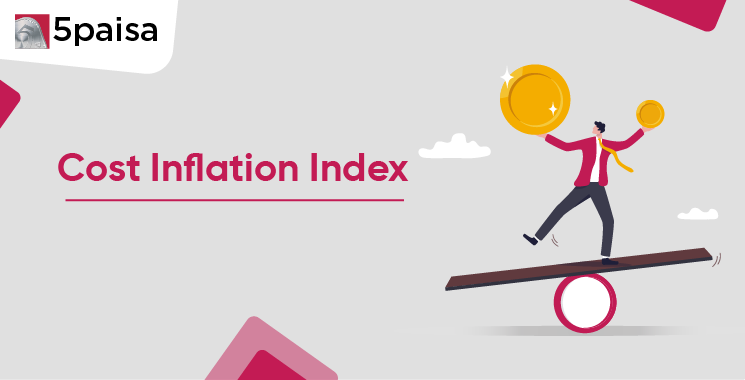Cost Inflation Index (CII) in Income Tax: Meaning, Formula, Application & Latest Update

Content
- Introduction
- What is Cost Inflation Index?
- Cost Inflation Index Table from FY 2001-02 to FY 2024-25
- What Is the Purpose of CII?
- How is Indexation Applied for Long-Term Capital Assets?
- What is the concept of the base year in the Cost Inflation Index?
- Why is Cost Inflation Index calculated?
- Who Notifies the Cost Inflation Index?
- How is indexation benefit applied to long-term capital assets?
- Things to Note about Cost Inflation Index India
- How Can Indexation Reduce Tax Liabilities on LTCG for Assesses?
- Practical Examples
- Important Update: Indexation Benefit Withdrawn
Introduction
Imagine this scenario: you bought a property or an asset a few years ago, and are now looking to sell it at a profit. However, you realise that the amount of tax you need to pay on the gains has skyrocketed due to the inflationary impact on the asset's value. This defines the Cost Inflation Index (CII).
Taxpayers and investors use CII to account for inflation and reduce their tax burden. This article explores the Cost Inflation Index meaning, how it works, and how it can benefit you in managing your taxes and investments.
More Articles to Explore
- Difference between NSDL and CDSL
- Lowest brokerage charges in India for online trading
- How to find your demat account number using PAN card
- What are bonus shares and how do they work?
- How to transfer shares from one demat account to another?
- What is BO ID?
- Open demat account without a PAN card - a complete guide
- What are DP charges?
- What is DP ID in a demat account
- How to transfer money from demat account to bank account
Disclaimer: Investment in securities market are subject to market risks, read all the related documents carefully before investing. For detailed disclaimer please Click here.
Frequently Asked Questions
CII, in the context of income tax, stands for Cost Inflation Index, which estimates the rise in goods and services based on inflation.
The Cost Inflation Index for the fiscal year 2022-23 is 331.
The Cost Inflation Index for the fiscal year 2023-24 is 348.
The Indian government introduced the Cost Inflation Index in 1981.
The formula is: Index of the sale year/Index for the purchase year x cost.
The cost of inflation in 2022 will be 8.3%.
The cost of inflation for the fiscal year 2021-22 is 301.
The base year of the Cost Inflation Index is 2001-02.
In income tax, the Cost Inflation Index (CII) is used to adjust the purchase price of long-term assets for inflation, helping taxpayers reduce their capital gains tax liability fairly.
The Central Board of Direct Taxes (CBDT) publishes updated CII values annually through official notifications, which can be accessed on the Income Tax Department’s website or through government gazette releases.



